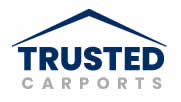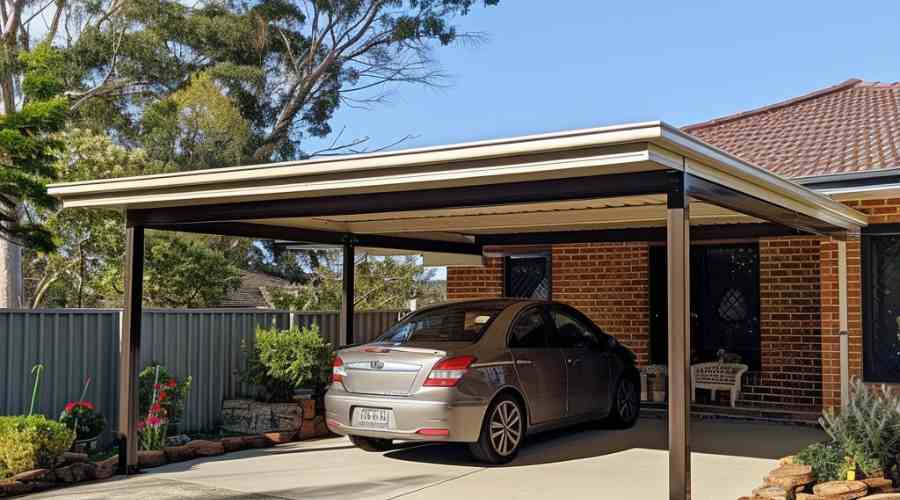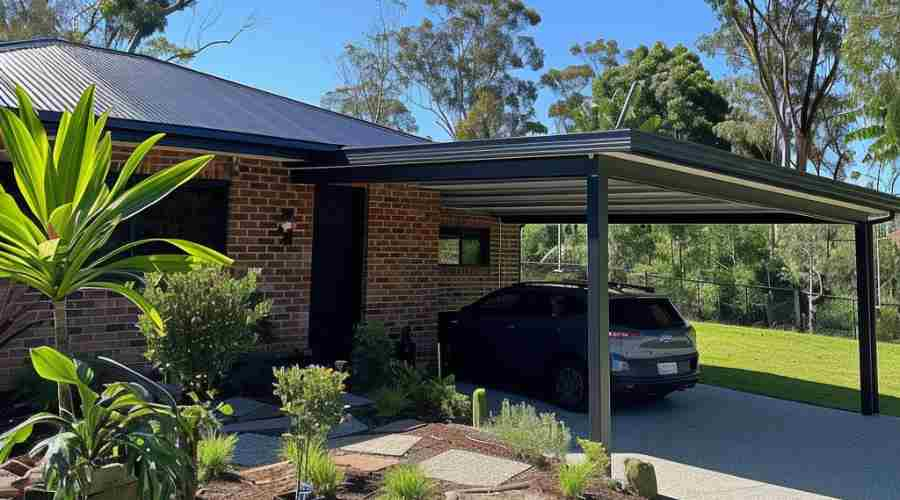Brisbane Council Carport Building Rules
City Council Needs For Building Carports
Constructing a carport can provide useful shelter for your vehicle. However, carports in Brisbane need to comply with council regulations around location, size, design, and materials. This guide explains Brisbane City Council requirements to help homeowners build a code-compliant carport.
Queensland Development Code
Under the Queensland Development Code [QDC], carports in Brisbane need council permit if they do not meet certain rules that let them off. The Brisbane City Plan 2014 controls building across the city to make sure builds meet standards around safety, design, greenness and area look.
Before putting up a new carport, you need to check Brisbane City Council needs around:
- Zones and overlays for your land
- Allowed carport size
- Materials used
- Design and look
- Building approval steps
Knowing these rules early can help stay away from problems getting permits or having to change your carport later.
Do I Need a Council Approval to Build a Carport?
You may not need a building approval if your planned carport meets rules that let it off under the QDC. Key points are:
- Carport size and height
- Setbacks from ends
- Design and stuff used
For example, approval is not needed for carports:
- No bigger than 5.4 x 6 meters
- No higher than 4 meters
- Setback as per zoning needs
- Using design and materials matching the house
If your planned carport is too big for any let-off rule, you will need council approval before building.
The process means handing in a building growth form with detailed plans for check, which takes 1-4 weeks. This makes sure zoning rules and design needs are met before build can start.
What are the Carport Needs?
When planning a carport for your Brisbane land, key needs cover:
1. Zoning and Overlays
The zoning and overlays that apply determine carport size limits, boundary setbacks and design rules. Common residential zones include:
- Low density residential zone – Allows carports up to 5.4 x 6 meters. Minimum side and rear setbacks are 1.5 meters.
- Character residential zone – Smaller 4 x 5 meter carport size limit. Design must match neighborhood character.
- High density residential zone – Strata title approvals may be needed.
Other points include:
- House look overlay – Controls design to match being area style.
- Old overlay – Designs get extra check to keep old style.
Always check zone points for your exact address.
2. Size and Height Limits
The zone rules that put on set highest:
- Place cover percent – open space must be kept
- Length and width
- Height – often 4 meters highest
Carports cannot be boxed in or turned into garages without approval.
3. Setbacks
Carports require minimum setback distances from the:
- Front street boundary
- Side and rear boundaries – often 1.5 meters
The setback requirements aim to avoid impacting neighbors, streetscape and open space.
4. Design and Materials Used
Appropriate carport design considers:
- Pillars, posts and roofing that complement the existing dwelling
- Color schemes matching the house and environment
- Living landscaped space surrounding the structure
- Suitability for sloping sites
- Drainage and guttering
Council may require changes to proposed designs that negatively impact street appeal, neighbors or zoning objectives.
Building Approval Process
Where formal council approval is needed for a carport, key steps include:
1. Planning Form
Hand in detailed plans showing:
- Height/elevations
- Size/layout
- Setbacks
- Design points
- Materials used
Council checks keeping to city plan rules and may ask for changes.
2. Public Telling
For bigger carports, council tells neighbors who may question points like look impacts. Questions get answered before approval.
3. Development Permit
Council puts out a permit with specific build rules if plans meet needs or get changed where needed.
4. Building Certifier
A private certifier signs off at landmarks during build to confirm keeping to, including any council permit rules.
5. Final Inspection
Council checks the done carport to say it lines up with the okayed plans before signing off.
Changes would be needed if not-keeps get seen before last say-so.
Other Council Requirements
Other possible needs for carport projects include:
Plumbing and Electrical
If putting in water, drainage or power to the carport, permitted tradespeople need council says-so.
Driveway Crossover Permit
If the carport has car access across council land at the street front, apply for a permit to build the crossover.
By knowing these rules, Brisbane homeowners can design and build code-okay carports matching council rules and local hopes. Looking for pro design advice is wise to guide you through the detailed needs.
The Bottom Line
With the right information and processes, Brisbane homeowners can with success put up carports that give good cover while meeting all council rules. Making zoning limits, design rules, approval and checks aims to hit compliance and stop issues down the track. Joining up with professional carport designers makes rules easier.


